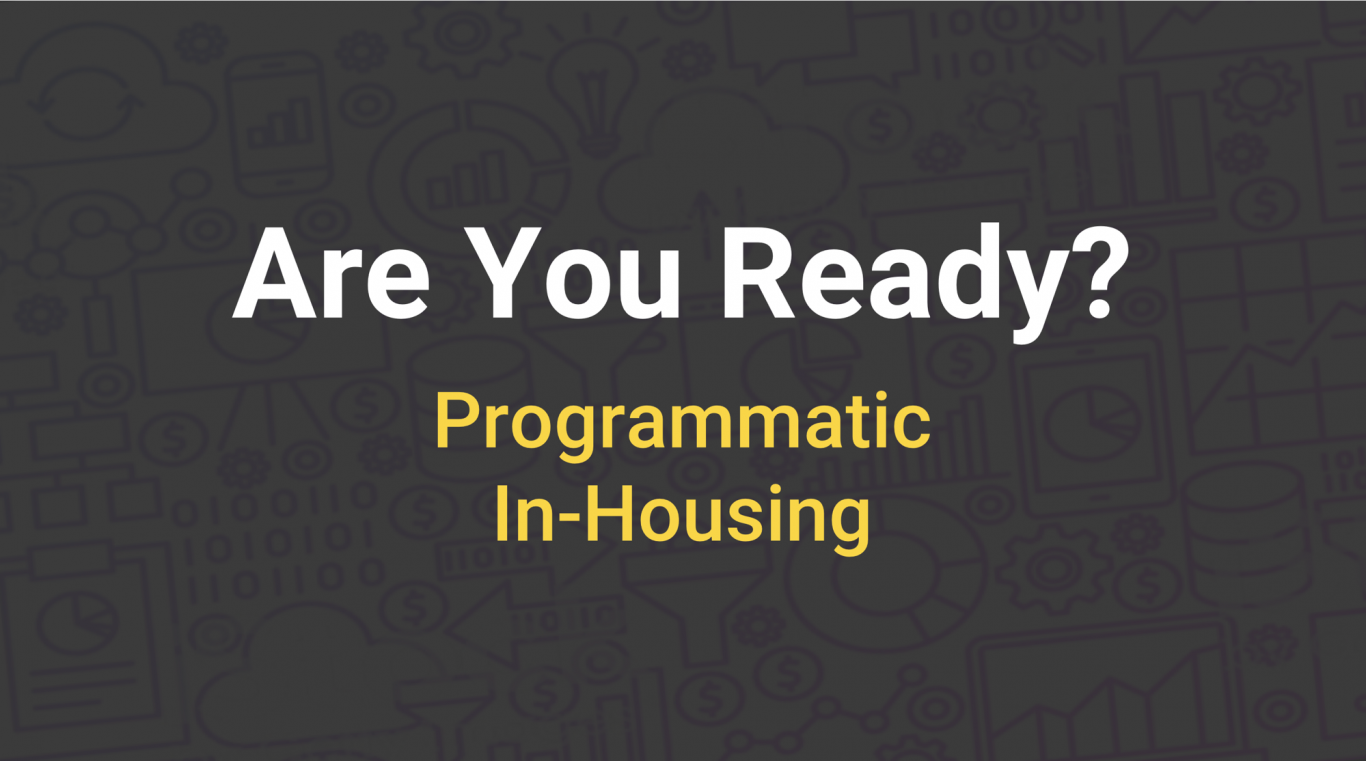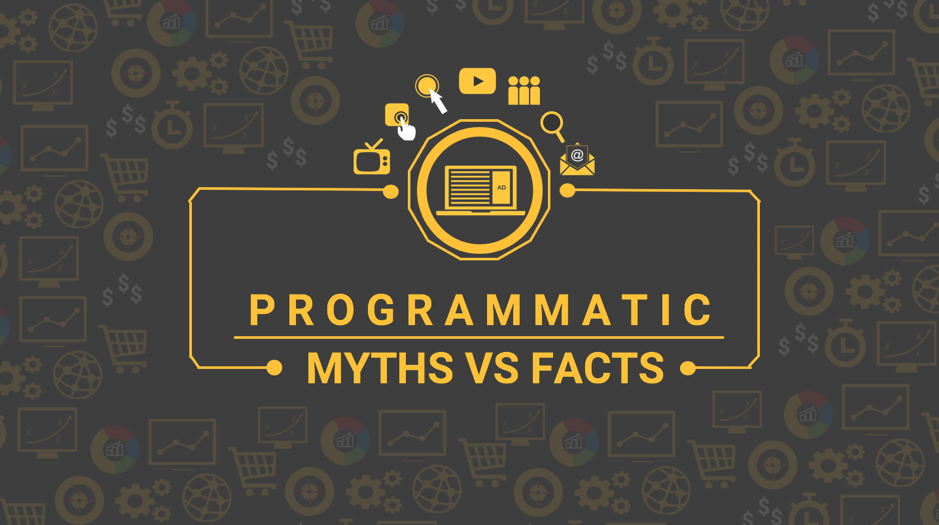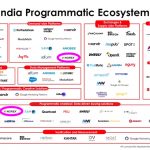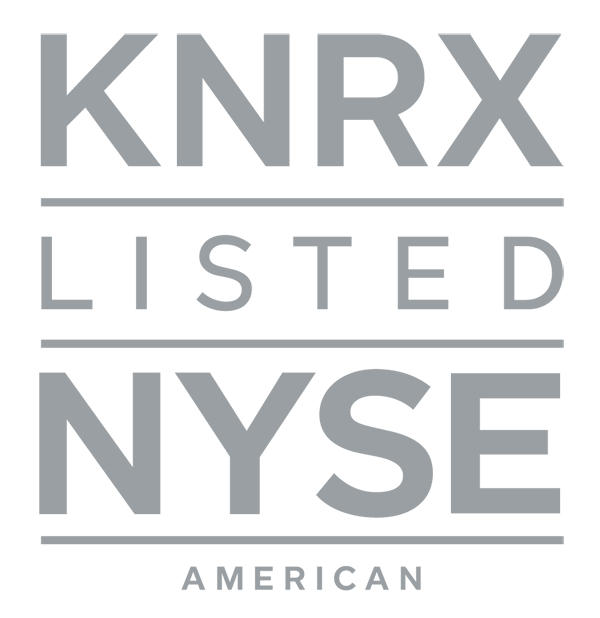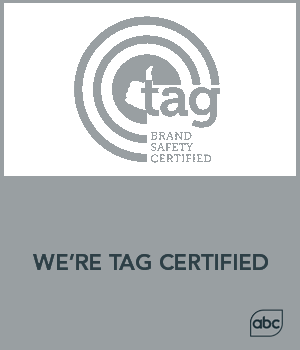A decade ago, advertisements were still distributed through broadcast mediums that reach widely like newspapers, televisions, and billboards. These mediums are typically out of reach for many businesses, and then there is also the challenge in providing actionable measurement.
The advent of programmatic advertising on the back of the pervasiveness of the Internet and mobile usage in recent years has democratized advertising, enabling millions of businesses around the world now to have the ability to target audience groups or with specific criteria, high level or at specific precision. With programmatic advertising, comes a whole slew of industry jargons and acronyms like RTB, DSP, and SSP.
What is Programmatic Advertising?
Programmatic advertising refers to the use of automated programs to buy and sell online ad spaces. Unlike traditional ad buying where negotiations are carried out by the sales team, programmatic relies on technology to eliminate human error and to replace tasks historically handled by salespeople like submitting insertion orders. Programmatic advertising is targeted and more efficient as it uses audience data to precisely choose when and where to display your ad.
The Programmatic Advertising Ecosystem
There are numerous players that make up the programmatic advertising ecosystem: trading desks, ad servers, ad networks, DMPs and data aggregators, data supplier, measurement, verification, and anti-fraud companies etc. At the heart of it, there are 3 players, namely:
- Supply-Side Platform (SSP)
- Demand-Side Platform (DSP)
- Ad Exchange
In a nutshell, a media owner/publisher uses an SSP to manage and sell their ad inventory whereas the advertiser uses a counterpart platform known as the DSP that is used to bid and purchase for media via ad exchanges and subsequently showing an ad to an end user. The diagram here shows the relationship and the associated companies that provide these services:
There are four types of programmatic buying:
- Non-auction buying, preferred deal (fixed CPM but ad inventory is not guaranteed)
- Programmatic guaranteed (fixed CPM but with guaranteed ad inventory)
- Private Marketplace (PMP) that runs with a floor price, open only to a select group of advertisers
- Real-Time Bidding (RTB), the most used and popular programmatic buying model in the market
What is Real-Time Bidding?
Real-time bidding is an open exchange programmatic buy and as the name suggests, real-time bidding is done in real-time.
For instance: As a user enters and loads a webpage, the website publisher connects to an SSP. The SSP analyzes the user’s audience data before sending an ad request to an Ad Exchange. Here, the Ad Exchange starts the bidding process by setting a price for this opportunist ad space. DSPs that are willing to pay place their bid within 10 milliseconds (it takes 300 milliseconds to blink your eye!) and the Ad Exchange selects a winning bid.
The winning DSP passes the ad details to the Ad Exchange, which passes it back to the SSP, which passes it to the website publisher before rendering the ad on its website. All these occur within fractions of a second, hence, in real-time. The Interactive Advertising Bureau (IAB) explains it in more detail in their video.
In conclusion, despite the misconception that programmatic advertising and RTB are interchangeable, there are in fact many types of programmatic advertising buying, and RTB is merely one of them. Knorex offers all types of programmatic buying, including open exchange RTB that runs on its in-house proprietary DSP. Contact us for more information on how to enhance your ad campaigns.
